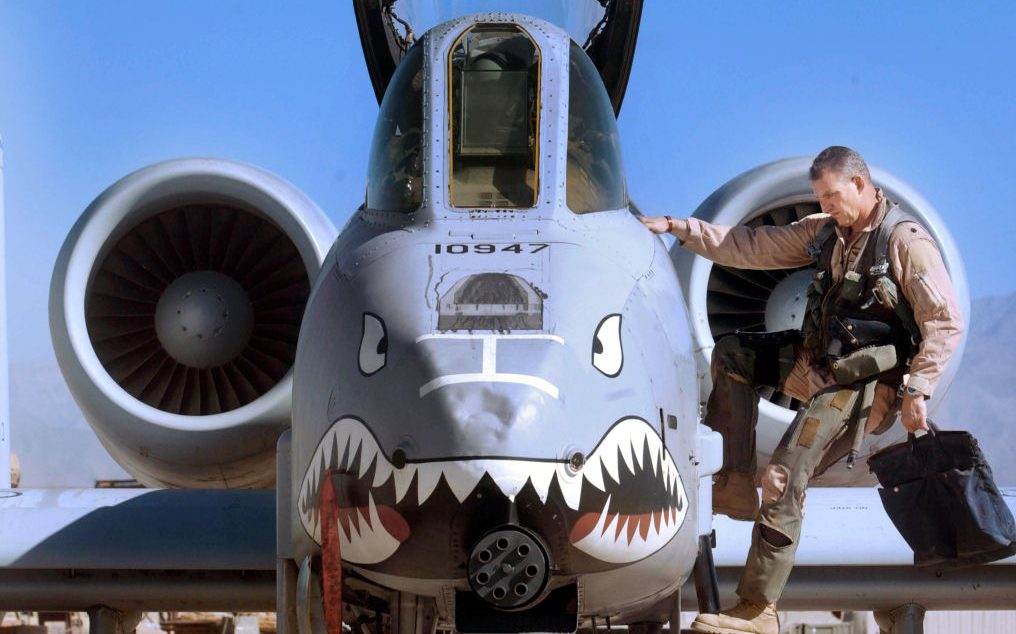Since world affairs took a sharp turn back towards great power competition – particularly after Russia’s takeover of Crimea in 2014 – we have become used to sabre rattling and even aggressive military posturing as a mere routine occurrence in international relations. A full-blown war in Ukraine has further moved the bar for what is now considered alarming.
Bellicose activities that before would have raised significant alarm bells, now hardly register with an increasingly desensitised global community. This is dangerous: declining ability to interpret political signalling accurately – or, even worse, to recognise active war preparations – opens up more room either for miscalculation or for strategic surprise.
Increasingly concerning evidence is accumulating that China is not just preparing for a potential war with the US and allies over Taiwan, but that it now sees such a war as being inevitable. And if that is indeed the conclusion holding sway in Xi Jinping’s counsels, it then becomes imperative for China to strike first. But how can we tell?
As with Russia more recently, or most other similar examples in history, there are three broad “tests” that can be applied to try to discern whether a country is truly bent on war as its most likely option.
The first is the kind of military activities it is undertaking. In China’s case, we have long been used to things such as aggressive air or naval patrols and deployments, including harassment of third party ships like those of the Philippines in the South China Sea. But over the past year or so we have seen increasingly large-scale military drills rehearsing wartime operations around Taiwan. These are not generic posturing, but careful simulations to help train Chinese commanders for specific tasks.
China has also been surveying continental United States in detail, almost certainly for targeting purposes, as this February’s notorious “spy balloon” incident showed. Beijing has also been strengthening military cooperation with Russia – a trend which precedes the Ukraine war – up to the point where in early August the two countries sailed a large combined naval flotilla through waters off the Alaskan coast for the first time.
The second test would look at how the country might be preparing itself for war. Of course, China’s military build-up and the Chinese Communist Party’s nationalist, “wolf warrior” propaganda and warmongering are nothing new. But this familiarity might help mask their cumulative effects over time.
Beijing is building a massive military machine that is on course to dominate the Western Pacific theatre – at least for a while – with particular strengths in medium and long-range missile capabilities.
In terms of naval construction alone, China is launching the equivalent of the UK’s entire Royal Navy fleet every four years. Against this background, America’s pre-eminent defence think tank, the RAND Corporation, now warns that US defence strategy and posture have become “insolvent”.
Rather striking measures are also being taken by Beijing to harden the country’s economy for a wartime situation. As Russia did in the run-up to its Ukraine invasion, China is hoarding gold in considerable quantities. A crash programme for increasing the domestic production of grain is underway, with forests, orchards, even parks and fishponds being turned into farmland. In March the government announced the creation, in suburban areas, of storage centres for “emergency supplies”.
Imports of cereals have also surged, with the figures for April showing an over 140 per cent increase year-on-year. Such efforts at “self-sufficiency” can be increasingly observed across the Chinese economy, including in technology.
The final test for China’s perspective on the likelihood of war looks at the underlying trajectories of national power now at work in the international system, and draws on the lessons of history for guidance. After the past decade or so when the rapid rise of China created much disruption and analytical uncertainty as regards strategic trends due to many variables changing significantly in a short period of time, the dust is starting to settle and a clearer picture is slowly coming into view.
With Chinese growth stalling and even deflation looming, there are increasing signs that Beijing’s investment- and export-based economic model that urbanised the country and created a middle class is reaching its limits. The more or less informal US trade war on the PRC – started by Trump, continued by Biden – is hitting the Chinese technology sector and slowly reconfiguring global trade patterns as economic decoupling by “re-shoring” and “friend-shoring” advances. Demography is also trending the wrong way for Xi’s ambitions.
If China’s “rise” hasn’t yet peaked, therefore, that moment might not be too far off. This carries fundamental implications, especially for Chinese military power. The time delays involved in large scale rearmament programmes ensure that the People’s Liberation Army’s capabilities will continue to grow for a while yet, given its still-increasing budgets. But what is often forgotten is that with larger armed forces come escalating maintenance and readiness costs, with comparatively marginal gains in military utility from that perspective.
In addition, as he surveys the geostrategic landscape, Xi can see the US marshalling its allies into new and well-resourced alliances and military programmes oriented sharply against China.
Japan’s defence budget is set to increase by 67 per cent by 2027. America is now setting a new defence spending record every year, with $886 billion allocated for 2024, including a 40 per cent increase for the Indo-Pacific Deterrence Initiative.
Furthermore, the AUKUS alliance is accelerating defence cooperation between Australia, the UK and the US, and is set to deliver new nuclear-powered submarines for the Pacific theatre in the future. The US-Philippines alliance has been reaffirmed. Britain is executing a “tilt” towards the Indo-Pacific since 2021 when its national strategy was thoroughly reviewed. British-Japanese relations are drawing ever closer, especially through the recent Hiroshima Accord; while the Japan-US-Australia-India “Quad” is likewise powering forward.
The grand conclusion that might therefore present itself in ever starker terms to Xi and the CCP is that the tide may be turning against China, and the window for fighting a war for Taiwan with reasonable chances of success is narrowing. Far from the “Thucydides’ trap” scenario proposed by Graham Allison, where war breaks out when a rising power challenges an incumbent, it is likely that we will see a more familiar story.
The pattern can be found throughout history, all the way back to Julius Caesar who crossed the Rubicon in 49 B.C. judging that he would never be as powerful compared to his enemies in Rome as he was at that point, still in command of his troops at the end of the Gallic Wars.
Across time, in 1914, a major factor in Germany’s decision to go to war was the Imperial General Staff’s sense that Russia was growing stronger and the Entente might be unbeatable in the future. And in 1941 Japan launched its Pacific war after it became clear that negotiations had failed and the total oil embargo declared by US and its allies that summer would collapse its warfighting potential within one or two years.
Today, China’s ambitions and America’s reaction are creating not the conditions for stability through mutual deterrence but the probability of war in absence of a better option, at least from Xi’s likely perspective. We must step back from the brink.






Don’t be fooled: China’s investment in renewables is not about net zero – it is about preparing for war with the United States